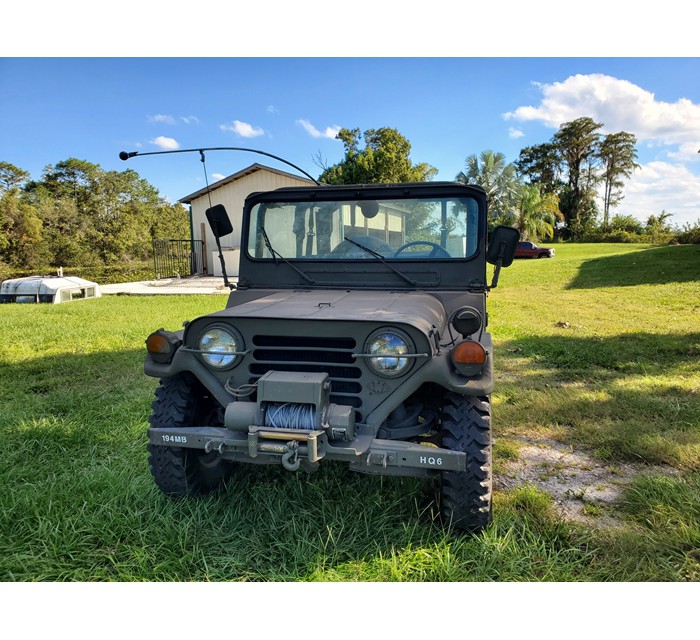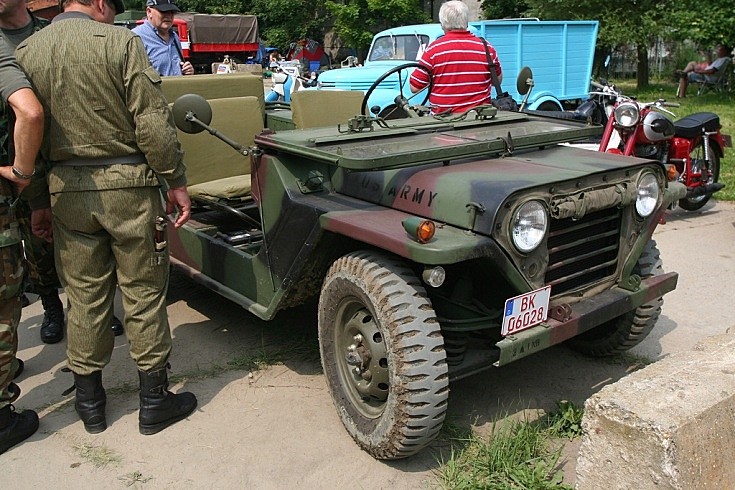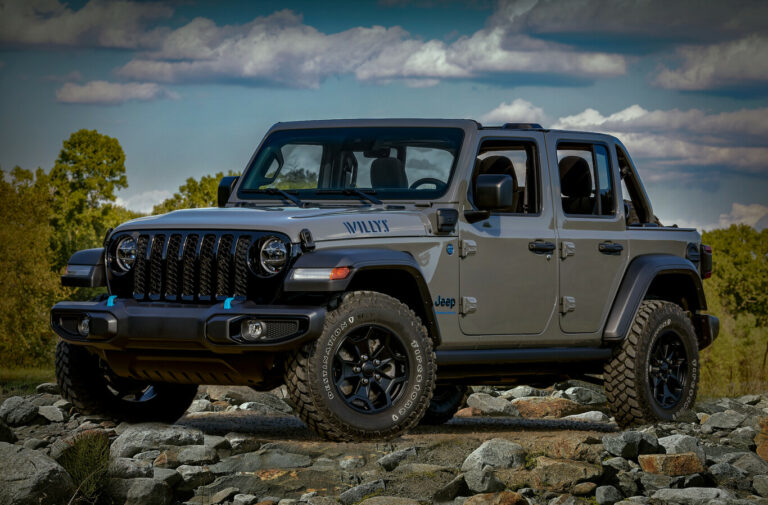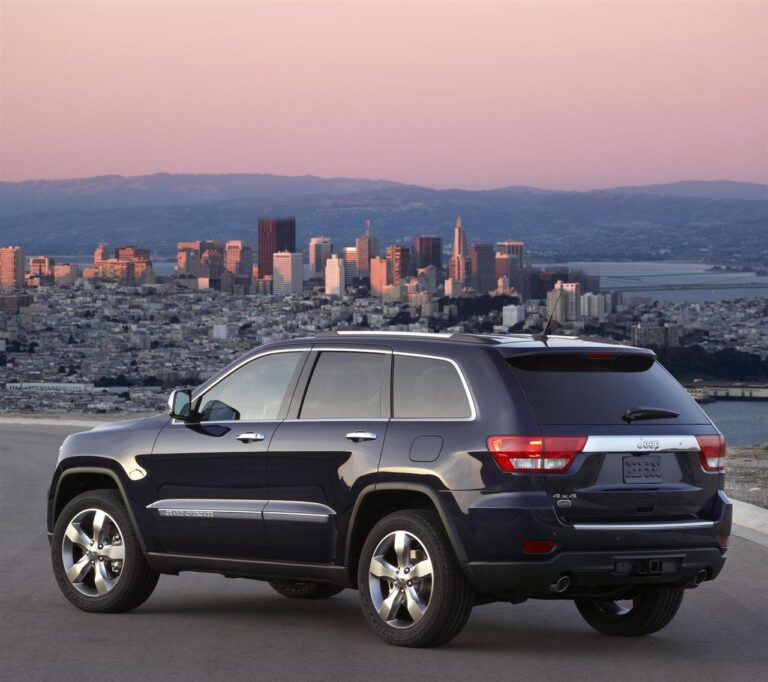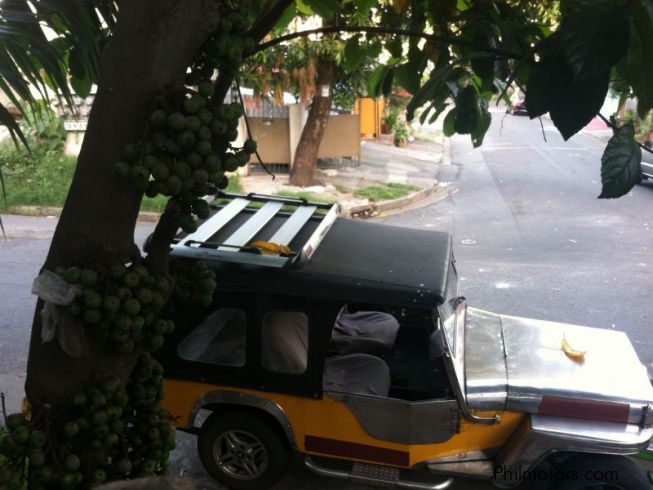M151 Army Jeep For Sale: A Comprehensive Buyer’s Guide
M151 Army Jeep For Sale: A Comprehensive Buyer’s Guide jeeps.truckstrend.com
Introduction: Embarking on the Quest for a Piece of History
The M151, affectionately known as the MUTT (Military Utility Tactical Truck), is far more than just a vehicle; it’s a tangible piece of military history, an icon of utility, and a testament to American engineering. Designed by Ford and introduced in the early 1960s as a successor to the venerable M38 and M38A1 Jeeps, the M151 served valiantly across multiple conflicts, most notably the Vietnam War, earning its stripes as a reliable, agile, and indispensable workhorse. Its distinctive low-slung profile, independent suspension, and rugged capabilities have cemented its place in the hearts of military vehicle enthusiasts, collectors, and off-road adventurers alike.
M151 Army Jeep For Sale: A Comprehensive Buyer’s Guide
Today, the prospect of an "M151 Army Jeep For Sale" ignites a unique blend of excitement and trepidation. It’s an opportunity to own a piece of the past, to experience a raw, unfiltered driving machine, and to join a passionate community dedicated to preserving these historic vehicles. However, acquiring an M151 is not like buying a modern used car. It requires a deep understanding of its unique characteristics, potential challenges, and specific legal considerations. This comprehensive guide will navigate you through every aspect of finding, evaluating, purchasing, and owning an M151 MUTT, ensuring your journey into military vehicle ownership is as informed and successful as possible.
The M151 MUTT: A Legacy of Utility and Durability
The M151 MUTT marked a significant evolution in light military utility vehicles. Unlike its predecessors, which were based on civilian Jeep designs, the M151 was a clean-sheet design by Ford, specifically tailored for military requirements. Its unibody construction (monocoque chassis) and, most notably, its four-wheel independent suspension system set it apart, offering superior off-road performance, greater ride comfort, and increased stability compared to solid-axle designs.
The M151 series saw several iterations:
- M151 (1959-1964): The initial production model, identified by its single-piece windshield and early suspension design.
- M151A1 (1964-1969): Introduced minor improvements, including a reinforced rear suspension for carrying heavier loads and repositioned turn signals.
- M151A2 (1969-1982): The most common and refined variant, featuring a significantly redesigned rear suspension with semi-trailing arms that greatly improved handling and stability, addressing some of the rollover concerns of earlier models. It also introduced a split windshield.

These vehicles were powered by a 2.3-liter (141 cu in) gasoline engine, paired with a manual four-speed transmission and a two-speed transfer case, providing reliable power and true 4×4 capability. Their lightweight design, maneuverability, and ability to traverse challenging terrain made them indispensable for reconnaissance, command and control, troop transport, and various specialized roles. Owning an M151 means owning a piece of this remarkable engineering and operational history.
Why Buy an M151 MUTT? The Allure of Military Heritage
For many, the decision to seek an M151 Army Jeep for sale stems from a deep appreciation for military history and a desire to own a tangible artifact of that past. But the appeal extends beyond mere historical significance:
- Collector’s Item: M151s are highly sought after by military vehicle collectors. A well-restored, original M151 can be a showstopper at military vehicle events and parades, sparking conversations and admiration.
- Off-Road Prowess: Despite their age, M151s are incredibly capable off-roaders. Their independent suspension provides excellent articulation, and their light weight allows them to navigate challenging trails with surprising agility.
- Restoration Project: For those with mechanical aptitude and a passion for hands-on work, an M151 offers a rewarding restoration project. Bringing a neglected MUTT back to its former glory can be immensely satisfying.
- Investment Potential: While not a guaranteed appreciating asset, well-maintained, original, and legally registered M151A2s, particularly, tend to hold or even increase in value over time, especially as fewer examples remain in good condition.
- Unique Driving Experience: Driving an M151 is a raw, visceral experience. With minimal creature comforts, you’re directly connected to the road (or lack thereof), offering a driving sensation unlike any modern vehicle.
- Community and Camaraderie: The military vehicle community is vibrant and welcoming. Owning an M151 opens doors to clubs, forums, and events where you can share knowledge, find parts, and build lasting friendships with fellow enthusiasts.
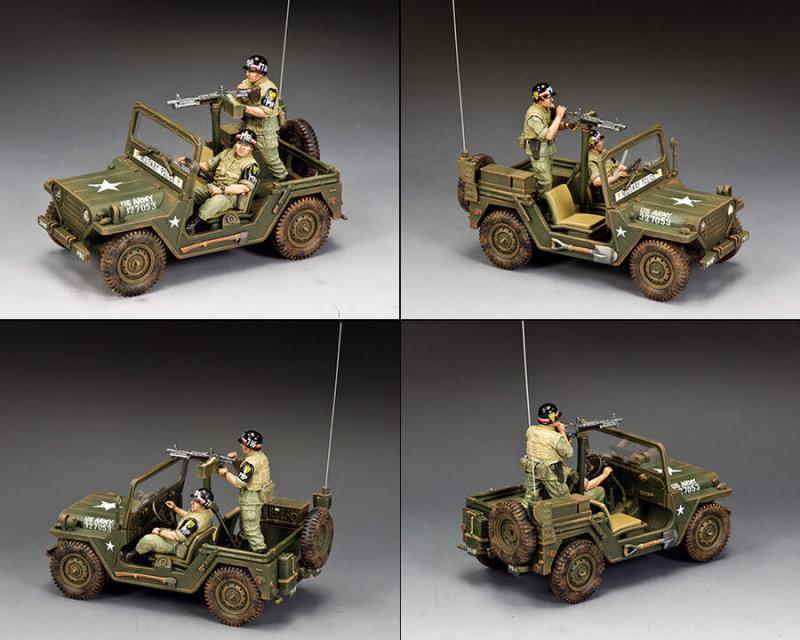

Important Considerations Before You Buy: Navigating the Legal Landscape
Before you get swept away by the allure of an M151 Army Jeep for sale, it is absolutely critical to understand the unique challenges and legalities associated with these vehicles. This is arguably the most important section for prospective buyers.
Road Legality in the United States
Historically, the U.S. government implemented a policy of "demilitarization" for surplus M151s. Due to concerns about their independent suspension design potentially contributing to rollovers when driven by inexperienced drivers (especially the earlier M151 and M151A1 models) and a desire to prevent them from falling into hostile hands, many M151s were cut in half before being sold as scrap. While some escaped this fate, or were re-welded by private parties, the U.S. government strictly prohibits the titling and registration of any M151 that was originally owned by the U.S. military for on-road use. This policy is enshrined in federal law and is enforced by the Department of Transportation (DOT) and state DMVs.
What this means for you:
- Check the Title/Provenance: If an M151 has a clean, legitimate road-going title from a U.S. state, it likely means it was never officially "demilled" or was imported from another country that didn’t have the same restrictions (e.g., Canada, Europe, or other nations that purchased M151s from the U.S. and later sold them off).
- Buyer Beware: Be extremely wary of sellers claiming an M151 is "street legal" if it originated from U.S. military surplus without clear, verifiable documentation proving its legal status. Re-welded "cut" M151s are generally not legally titleable for road use in the U.S.
- Off-Road Use: Many M151s are bought for off-road use only, private property, or for display in parades and shows where they are trailered. If this is your intent, the titling issue might be less critical, but always clarify with the seller.
- Exported M151s: M151s that were exported to allied nations and then later imported back into the U.S. by private parties may be titleable, as they were not subject to the U.S. demilitarization policy. This is the primary way to legally own a street-legal M151 in the U.S.
Always verify with your local DMV about their specific requirements for registering an M151. Do not assume.
Condition and Authenticity
Beyond legality, assess the vehicle’s condition:
- Rust: The unibody construction means rust can be a critical issue, compromising structural integrity. Inspect floorboards, frame rails, body mounts, and suspension points.
- Engine and Drivetrain: Check for leaks, unusual noises, smooth shifting, and proper 4×4 engagement.
- Suspension: Look for worn bushings, ball joints, and shocks.
- Electrical: M151s use a 24-volt system. Check for faulty wiring, non-functional lights, and gauges.
- Authenticity: Decide if you want a highly original, historically accurate vehicle or if modifications are acceptable. Originality often commands a higher price.
Budgeting
Factor in not just the purchase price, but also:
- Restoration Costs: Parts, labor (if you’re not doing it yourself), paint, tires.
- Maintenance: Regular upkeep, fluids, filters.
- Transportation: Trailering costs if not street legal.
- Insurance: Specialized classic vehicle insurance may be available.
Where to Find an M151 Army Jeep For Sale: Your Search Guide
The search for an M151 can be an adventure in itself. Here are the most common avenues:
- Online Marketplaces:
- eBay: Often has a selection of M151s in varying conditions. Be diligent about scrutinizing listings and asking for detailed photos and information.
- Facebook Marketplace/Groups: Numerous dedicated military vehicle groups exist on Facebook. These are excellent places to find vehicles, parts, and advice from experienced owners.
- Craigslist: Local listings can sometimes yield hidden gems.
- Specialized Military Vehicle Dealers: Several dealers specialize in surplus military vehicles. They often have better-vetted vehicles, sometimes with restoration work already completed, but expect higher prices.
- Auctions:
- Government Liquidation/Surplus Auctions: While rare to find complete, road-legal M151s from U.S. sources due to the demilitarization policy, it’s worth checking for parts or cut vehicles if you have a specific project in mind.
- Private Auctions: Classic car or military vehicle auctions occasionally feature M151s.
- Military Vehicle Clubs and Forums: These communities are invaluable. Members often sell vehicles or know of others for sale. Joining a local or national M151 club (e.g., MVMTC – Military Vehicle Preservation Association) can provide leads and expert advice.
- Word-of-Mouth: Networking within the military vehicle community can lead to opportunities that aren’t publicly advertised.
Inspection is Key: Never buy an M151 sight unseen, especially one being sold as road-legal. If you can’t inspect it yourself, hire a reputable third-party inspector with experience in classic or military vehicles.
Assessing the Condition and Value: What to Look For
When you’ve found an M151 Army Jeep for sale, a thorough inspection is paramount. Here’s a checklist:
- Chassis and Body:
- Rust: Pay close attention to the floorboards (especially under the seats), battery box area, frame rails (integral to the unibody), wheel wells, and suspension mounting points. Surface rust is manageable, but perforating rust is a major concern.
- Repairs/Welds: Look for signs of "cuts" and re-welds. If a vehicle was demilled, the quality of the re-welding is critical for structural integrity, and it will impact legal titling in the U.S.
- Body Panels: Check for dents, bondo, and misaligned panels, indicating past accidents or poor repairs.
- Engine and Drivetrain:
- Engine: Listen for unusual noises (knocks, rattles), check for excessive smoke from the exhaust (blue for oil, black for rich fuel, white for coolant), and inspect for oil or coolant leaks.
- Transmission/Transfer Case: Test all gears (including reverse) and 4×4 high/low. Listen for grinding or difficulty engaging. Check for fluid leaks.
- Differentials: Look for leaks around the axle seals.
- Suspension and Steering:
- Independent Suspension: Inspect all ball joints, control arm bushings, and shock absorbers for wear or damage.
- Steering: Check for excessive play in the steering wheel, which could indicate worn steering box, tie rod ends, or kingpins.
- Electrical System:
- 24-Volt System: Verify all lights (headlights, taillights, turn signals, blackout lights), gauges, and accessories (wipers, heater if present) are functional. Look for frayed or patched wiring.
- Brakes:
- Test brake pedal feel (should be firm, not spongy). Inspect brake lines for rust or leaks, and check drum brake components.
- Tires: Check for dry rot, uneven wear, and proper tread depth.
- Documentation:
- Crucial for legality. Ensure it’s a clear, legitimate title, especially if you intend to register it for road use.
- Bills of Sale: Trace the ownership history.
- Service Records/Log Books: A rare but valuable find, indicating past maintenance.
M151 Army Jeep For Sale: Estimated Price Guide
The price of an M151 MUTT can vary wildly based on its condition, variant, originality, and crucially, its legal status for on-road use. The following table provides a general estimate for M151 Army Jeeps for sale in the private market. Prices can fluctuate based on market demand, location, and seller motivation.
| Condition Category | Estimated Price Range (USD) | Key Characteristics
